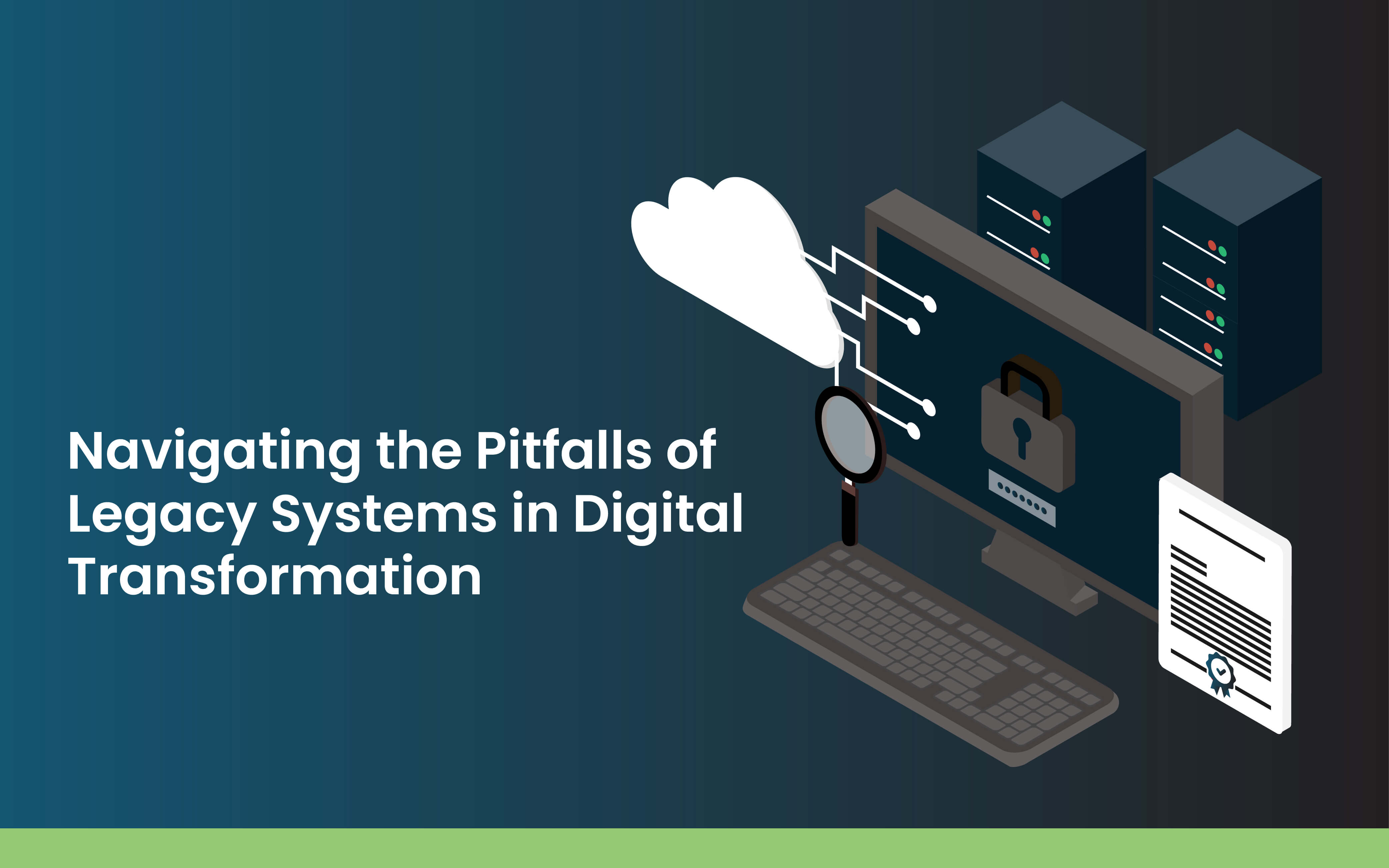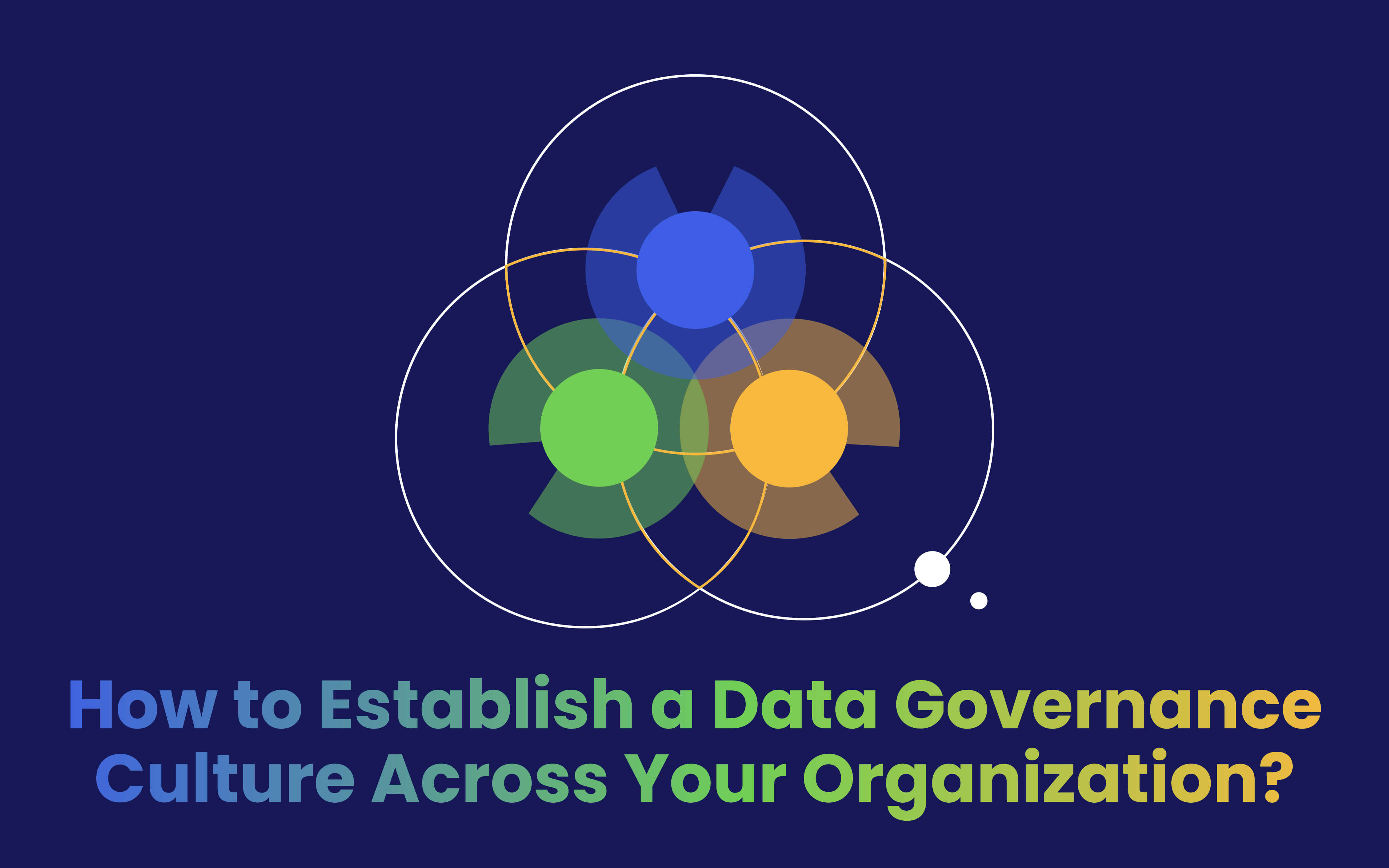Blogs
To know about all things Digitisation and Innovation read our blogs here.
Digital Transformation
Navigating the Pitfalls of Legacy Systems in Digital Transformation
SID Global Solutions
13 March 2023

Introduction:
In the digital age, businesses are constantly looking for ways to innovate, improve efficiency, and stay competitive. One of the biggest challenges to achieving these goals is the presence of legacy systems. These systems, which are often outdated, difficult to maintain, and lack modern functionality, can hinder the progress of digital transformation initiatives. In this guide, we will explore the common pitfalls associated with legacy systems in digital transformation and provide strategies for navigating these challenges.
1. Incompatible Systems
One of the biggest challenges of legacy systems is their incompatibility with newer technologies. Incompatible systems can lead to inefficiencies, bottlenecks, and the inability to integrate with other systems. A study by Deloitte found that 70% of businesses have difficulty integrating legacy systems with new technologies.
Solution:
One solution to this challenge is to adopt an integration-first approach. By prioritizing integration when designing new digital systems, businesses can ensure that their legacy systems can work seamlessly with new technologies. This approach can involve creating APIs or utilizing middleware to facilitate communication between different systems.
Also Read: How to Use Kubernetes to Automate Your DevOps Pipeline?
2. Technical Debt
Legacy systems are often accompanied by significant technical debt. Technical debt is the cost of maintaining outdated software, hardware, and infrastructure. This can include the cost of maintenance, licensing, and support fees. According to a study by Micro Focus, 70% of IT budgets are spent maintaining legacy systems.
Solution:
To navigate technical debt, businesses must assess the cost and risks associated with their legacy systems. This involves identifying the systems that are most critical to the business and prioritizing the modernization of these systems. By investing in modernization efforts, businesses can reduce maintenance costs and improve the performance of their systems.
3. Security Risks
Legacy systems are often more vulnerable to cyberattacks due to outdated security measures and software. According to a report by IBM, 42% of cyberattacks target small businesses, many of which rely on legacy systems.
Solution:
To mitigate security risks, businesses must prioritize security when modernizing their legacy systems. This involves implementing modern security protocols and software, such as firewalls, intrusion detection, and encryption. Additionally, businesses should consider implementing security training for employees and regularly testing their security systems.
4. Lack of Agility
Legacy systems are often rigid and difficult to modify, which can limit a business’s ability to adapt to changing market conditions. According to a study by Gartner, legacy systems can reduce a business’s agility by up to 40%.
Solution:
To improve agility, businesses must prioritize flexibility when modernizing their legacy systems. This involves adopting agile methodologies, such as DevOps, to streamline the development process and enable rapid changes. Additionally, businesses should prioritize the use of cloud-based systems, which are more scalable and easier to modify than on-premise systems.
Also Read: Challenges and Solutions for Implementing Interoperable Multi-Cloud
5. Resistance to Change
One of the biggest challenges to modernizing legacy systems is resistance to change. Legacy systems are often deeply ingrained in a business’s operations, and employees may be resistant to change due to fear of disruption or the need for additional training.
Solution:
To navigate resistance to change, businesses must prioritize employee training and communication. This involves creating a comprehensive training program that helps employees understand the benefits of modernization and prepares them for changes in their day-to-day operations. Additionally, businesses should communicate the benefits of modernization to employees and involve them in the planning process.
The impact of legacy systems on businesses is significant, and the statistics reflect this reality. According to a report by Micro Focus, 70% of IT budgets are spent maintaining legacy systems. Additionally, a study by Deloitte found that 70% of businesses have difficulty integrating legacy systems with new technologies. Furthermore, according to a report by IBM, 42% of cyberattacks target small businesses, many of which rely on legacy systems. Finally, a study by Gartner found that legacy systems can reduce a business’s agility by up to 40%.
These statistics underscore the importance of addressing the challenges associated with legacy systems in digital transformation. Businesses that fail to modernize their legacy systems risk falling behind their competitors, facing security breaches, and being unable to adapt to changing market conditions.
Conclusion:
Legacy systems are a common challenge in digital transformation, but with the right strategies, businesses can navigate these pitfalls and achieve success. By prioritizing integration, modernization, security, agility, and employee training, businesses can ensure that their legacy systems do not hinder their progress towards digital transformation. In the ever-changing digital landscape, the ability to adapt and innovate is critical to success, and modernizing legacy systems is a crucial component of achieving these goals. By investing in modernization efforts, businesses can reduce technical debt, improve security, increase agility, and unlock new opportunities for innovation and growth.
SID Global Solutions is a leading provider of digital transformation solutions that help businesses overcome the challenges of legacy systems. With years of experience in the field of digital transformation, SID Global Solutions has a proven track record of helping clients modernize their legacy systems and achieve their digital transformation goals.
Also Read: Why a Digital Mindset is Critical for Customer-Centric Digital Transformation
At SID Global Solutions, we understand that legacy systems can hinder a business’s ability to adapt and innovate in the digital age. That’s why we offer a comprehensive range of digital transformation solutions that help businesses modernize their legacy systems, improve efficiency, and unlock new opportunities for growth. Our team of experts works closely with clients to understand their unique needs and challenges, and we develop customized solutions that address their specific requirements. Whether it’s integrating legacy systems with new technologies, modernizing outdated software, improving security, or increasing agility, SID Global Solutions has the expertise and experience to deliver results.









